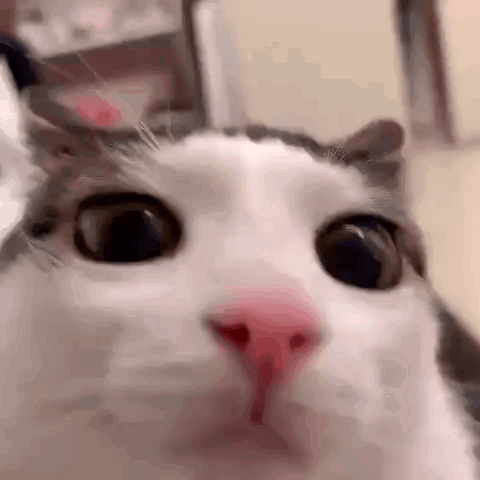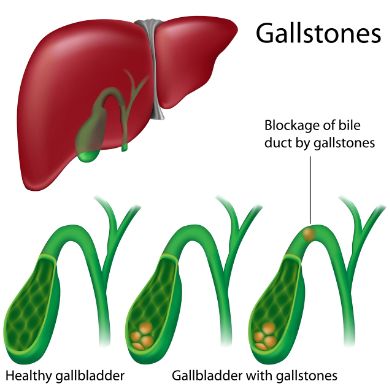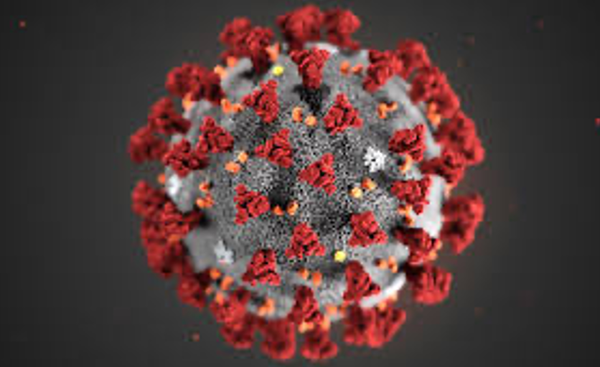Cat Hairball: A Hairy Dilemma
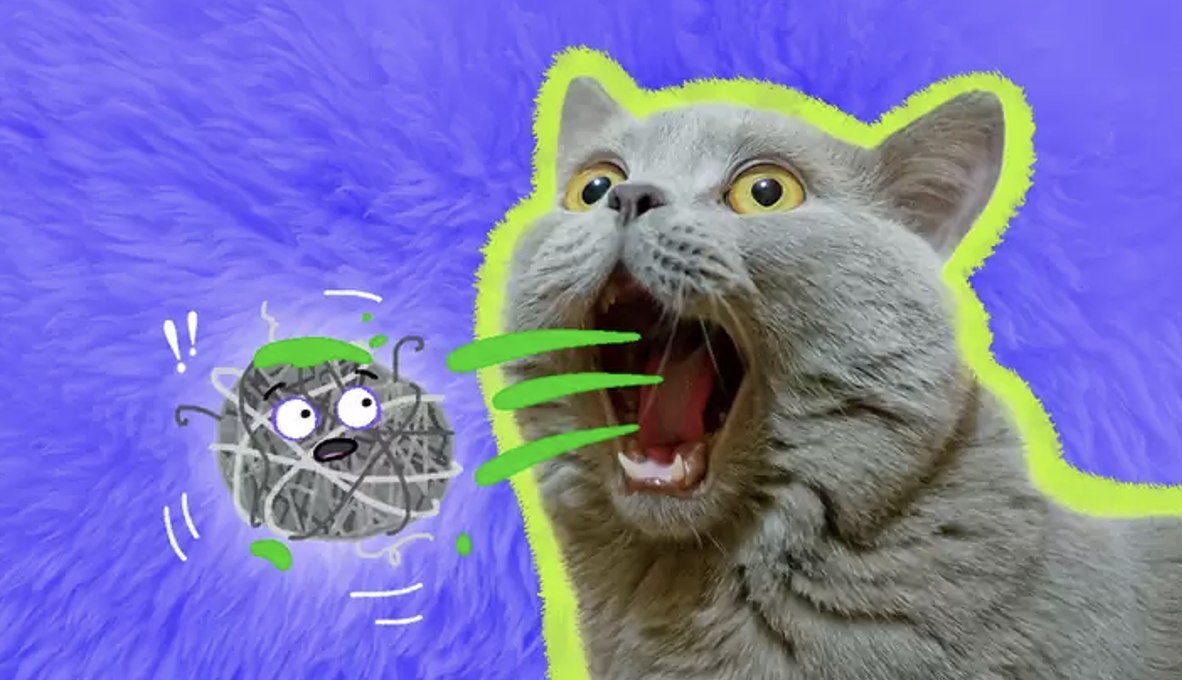
By Winnie Wang Y11
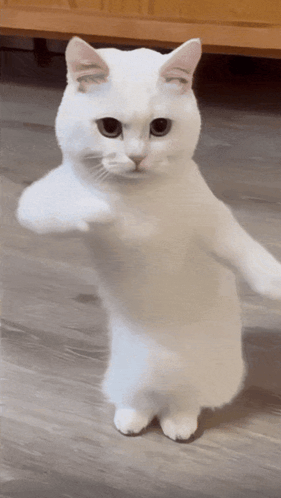
Your cat crouches, extends her neck, and a few seconds later, hacks and gags in distress, with a fresh roll of mashed-up substance in the front. This must be a very familiar scene to those people who have been raising cats for a long time. Yet for those who don’t, this might be terrifying. Usually, what they puked out is called the trichobezoar, known as the hair ball. So let’s keep reading to see what causes the cats to keep puking this out the whole time.
What is the trichobezoar?
Trichobezoar - a damp wad of undigested hair, moistened by bile and other digestive fluids – is commonly referred to as a hairball, usually in slender and sylincal shape, and is about one inch (~3cm) long. "At first glance, a hairball can be confused with feces." as said by veterinarians. Though having a similar shape and appearance, the trichobezoar isn’t really foul, and its color often differs according to the color of the cat’s fur.
How Does Hairball Develop?
Following its name, it is mainly composed of the hair of the cats. Your cat consumes a large portion of the loose dead hair that comes off when grooming herself. This is because the indigestible hair is propelled down her throat and into their stomach by microscopic backward-slanted projections, called papillae, on the rough surface of her tongue.

Most of this hair eventually makes its way through the animal's digestive tract and is eliminated whole in its feces, but some of it stays in the stomach and steadily gathers to form a moist clump, which later becomes the hairball.

It is believed that younger kittens are less prone to get hairballs than senior cats, which are likely to spend a significant amount of their waking hours diligently licking their coats as skilled groomers. Certain cats are naturally more meticulous than others when it comes to their grooming routines. Persians and Maine Coons are two examples of long-haired breeds that are considerably more vulnerable than short-haired species. Additionally, hairball generation occurs more frequently during the times of the year when cats shed their coats.
The Dangers of Hairball
Though throwing up hairballs can be a pretty common scene, danger still exists. It is normal for the cats to “upchuck” a hairball once every week or two, but if the cat continues to have repeated episodes of unproductive retching, a veterinarian should be consulted immediately.
It's possible that a hairball, rather than being regurgitated, entered the cat’s intestine from the stomach, and therefore might cause a fatal blockage in some part of the digestive track. This situation might cause the frequent retching mentioned above, or a decreased appetite or lethargic behavior.

Reducing the Risk
To minimize and possibly prevent the development of hairballs and their complications, several actions can be taken:
- Get your cat accustomed to a daily brushing and combing.
- Feed the cat a hairball remedy - usually a mild petroleum-based laxative (which breaks down and expel the hairball) - once or twice a week.
So when you see a cat retching next time, don’t panic! She’s probably just getting the hairy delima out of her stomach!
